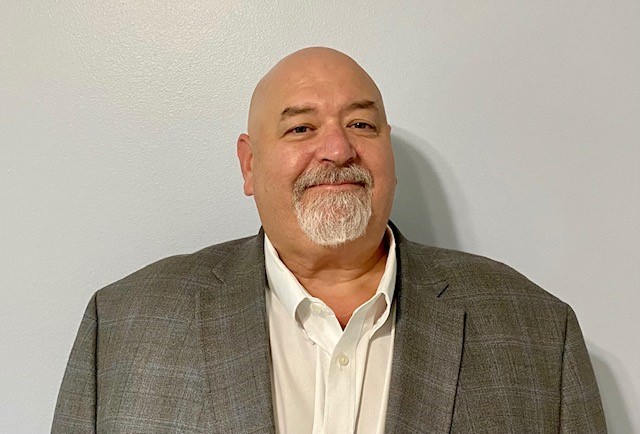Over the last year we’ve seen the power of digital innovation in the healthcare system. Stay-at-home mandates accelerated the deployment of virtual care technologies like telehealth and remote patient monitoring (RPM), ushering in new possibilities for the delivery of safer patient care. In tandem, establishing secure environments became that much more complex with many clinical and business staff working remotely. According to McKinsey, medical staff are now seeing 50-175 times the number of patients via telehealth consultations compared to in-person visits, due in large part to greater accessibility for patients.
With the rushed deployment of remote care technologies and telehealth services, driving more devices to the network edge, there’s also more opportunities being created for potential bad actors to deploy malware. In fact, healthcare providers continue to see an increase in cyberattacks, with 53 percent of healthcare organizations being subject to attacks in just the past year.1
Cybersecurity incidents can create both measurable and soft costs to organizations. Research from Comparitech found that providers have spent at least $160 million in recovery costs since 2016, and these direct costs only represent a small portion of the impacts.
Now, it’s certainly not all bad news. We believe that security must be intrinsic to every aspect of a digital organization, from the core to edge to the cloud. And, there are available solutions to ensure that your organization deploys the right mix of automated, intelligent, and intrinsic security to address emerging threats in our rapidly changing environments.
What can healthcare organizations deploy to further secure their IT environments?
- Secure Care capabilities must be intrinsic in everything, extending across all touch points and workstreams. Organizations must enhance all facets of security including staff, endpoint and network security to steadily deliver remote access to anyone, anywhere, anytime.
- Organizations need to identify where their data assets currently reside and understand the importance of their data to apply appropriate protection. Modern data protection solutions help address current threats, while ensuring data security and compliance to help organizations maintain continuity of care and readiness for what’s coming next.
- Healthcare providers need to strategically align with key partners that can provide security solutions from the point of care to the data center to the cloud. A recent study found that 80% of organizations rely on security solutions from multiple vendors. The study went on to show that organizations which work with multiple vendors face an increased risk in protecting their environments. Those that work with a single vendor see half the downtime cost and 20% the data-loss cost, which represent considerable savings and reduction of risk.
- Ensure that your business and clinical staff are fully equipped to respond correctly to cybersecurity threats. We encourage training that mimics real-world threats with simulations on how to best automate and respond to cyberattacks.
How can your organization protect your future investments in data?
Healthcare organizations should reassess the distribution of their cybersecurity investments, placing more emphasis on response and recovery while allocating more budget to cybersecurity. As technology becomes more advanced, data grows exponentially – becoming a more attractive target for sophisticated threats. The HIMSS 2020 Cybersecurity survey found that only 6% of healthcare organizations dedicate 10% or more of their budget to cybersecurity.
By leveraging a comprehensive portfolio of offerings, healthcare providers can secure their data across the health system continuum which is more important than ever as our new “work-from-anywhere” environments aren’t going away. Healthcare security solutions should encompass physical security, staff training, network security, endpoint security, data protection and data recovery. Together, these solutions and services allow the creation and maintenance of a secure care environment while improving efficiencies and streamlining patient care.
¹ Ponemon Institute. Cybersecurity in the Remote Work Era: A Global Risk Report. October 2020.
